History of macroeconomic thought
Pre-Classical Economics
The roots of macroeconomic thought can be traced back to the pre-classical era, where philosophers and scholars such as Aristotle and Thomas Aquinas laid the groundwork for economic theory. Aristotle, in his work "Politics", discussed concepts such as the nature of wealth, exchange, and money. Aquinas, on the other hand, contributed to the development of the Scholastic economic thought, which revolved around the moral implications of economic activities.


Mercantilism
The 16th to 18th centuries marked the era of Mercantilism, a school of thought that emphasized the accumulation of wealth, particularly gold and silver, through a positive balance of trade. Mercantilists believed that the wealth of a nation was finite and that one nation's gain was another's loss, a concept known as the zero-sum game. This period was characterized by heavy state intervention in the economy, including the imposition of tariffs and restrictions on imports.
Classical Economics
The classical era, spanning the late 18th to the mid-19th century, saw the emergence of prominent economists such as Adam Smith, David Ricardo, and John Stuart Mill. Smith's seminal work, "The Wealth of Nations", is often considered the first modern work of economics. He introduced the concept of the invisible hand, arguing that individuals pursuing their own self-interest could lead to benefits for society as a whole.
Ricardo, known for his work on the law of comparative advantage, argued that countries should specialize in the production of goods they can produce most efficiently. Mill, meanwhile, expanded on these ideas and delved into topics such as the relationship between supply and demand and the concept of marginal utility.
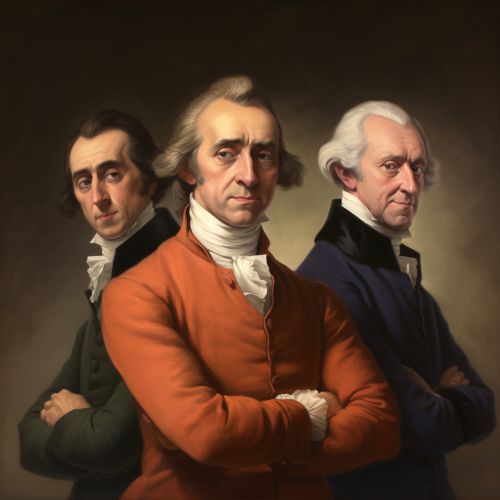

The Marginal Revolution
The late 19th century marked the Marginal Revolution, which saw the introduction of the marginal utility theory. Economists such as Carl Menger, William Stanley Jevons, and Leon Walras argued that the value of a good or service is determined by its marginal utility, or the satisfaction derived from consuming an additional unit of it. This marked a shift from the classical labor theory of value, which posited that the value of a good or service is determined by the labor required to produce it.
Keynesian Economics
The Great Depression of the 1930s led to a paradigm shift in economic thought. John Maynard Keynes, in his work "The General Theory of Employment, Interest, and Money", challenged the classical notion that markets would naturally adjust to achieve full employment. Instead, he argued that in the absence of sufficient demand, economies could remain in a state of underemployment equilibrium for prolonged periods. This led to the development of Keynesian economics, which advocates for government intervention to manage aggregate demand and stabilize the economy.
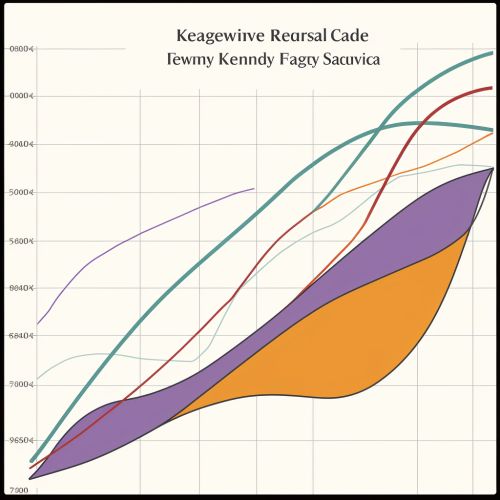
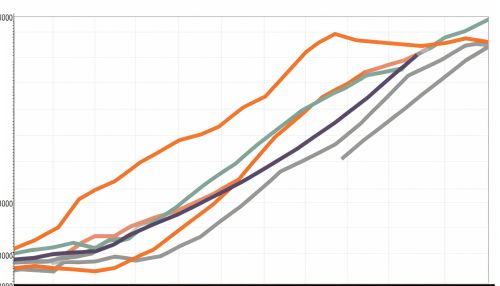
Monetarism
In the mid-20th century, Milton Friedman and other economists developed Monetarism, a school of thought that emphasizes the role of monetary policy in controlling inflation and stabilizing the economy. Monetarists argue that changes in the money supply have major impacts on economic activity and that monetary policy, rather than fiscal policy, should be used to manage the economy.
New Classical Economics
The 1970s saw the emergence of New Classical economics, which returned to the classical emphasis on market self-regulation. New Classical economists, such as Robert Lucas Jr., argued that individuals have rational expectations and that markets quickly adjust to achieve equilibrium. They also introduced the concept of real business cycles, which posits that fluctuations in economic activity are caused by real shocks, such as changes in technology or supply, rather than changes in demand.
New Keynesian Economics
In response to the New Classical school, the New Keynesian economics emerged in the 1980s and 1990s. New Keynesian economists, such as Gregory Mankiw and David Romer, incorporate elements of Keynesian economics and microeconomic theory to explain why markets may fail to adjust quickly to changes, leading to periods of recession or inflation. They argue that factors such as price stickiness and imperfect competition can lead to market failures and that government intervention may be necessary to stabilize the economy.
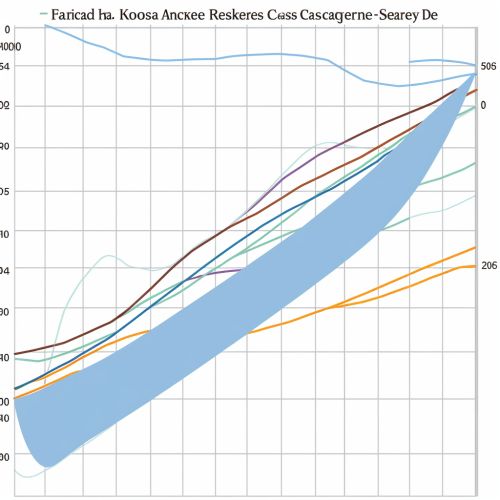
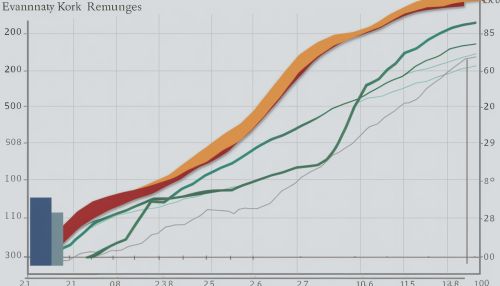
Modern Macroeconomic Thought
Today, macroeconomic thought continues to evolve, with ongoing debates among different schools of thought. Economists continue to develop new models and theories to explain economic phenomena, incorporating insights from fields such as behavioral economics, complexity theory, and finance. The history of macroeconomic thought is a testament to the evolving understanding of economic systems and the ongoing quest to improve economic policy and outcomes.
